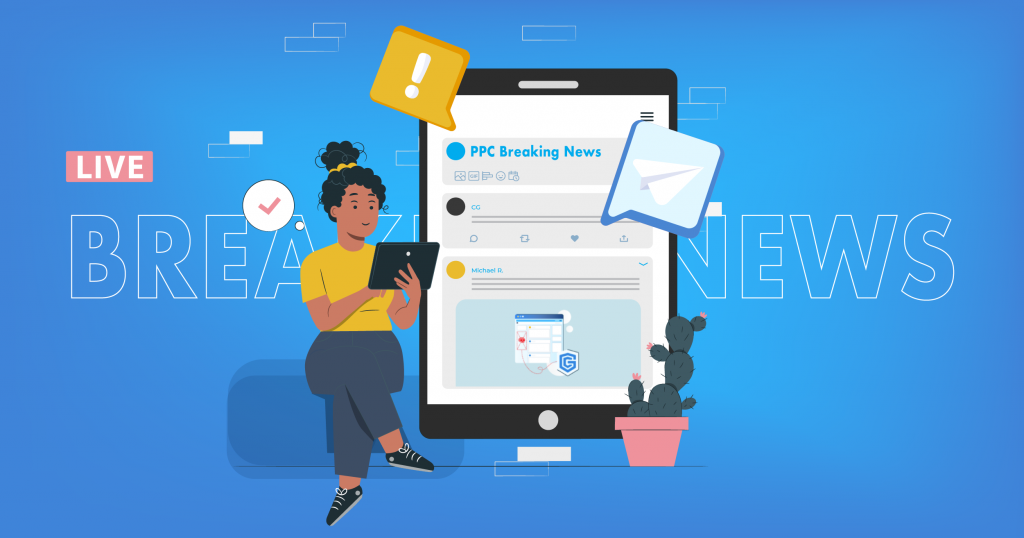Don’t you just hate it when you’re looking up something important, but the page takes forever to load? That’s why Google takes page speed into consideration as a ranking factor. It’s also why they created PageSpeed Insights for marketers, developers, and website administrators. This year, new PageSpeed Insights updates are in the plan for everyone.
How come?
Read on and find out more.
What Are the Issues with the Old PageSpeed Insights?
While PageSpeed Insights is a great resource for marketers everywhere, it has come under fire for its difficulty to use. One of the main complaints PageSpeed Insights users have been discussing is that there is no real separation between different types of data, which can be problematic for those who don’t necessarily know the context of the data they’re looking at.
Plus, other factors can sometimes be responsible for slow upload speeds, such as poor internet connection, a domain’s web hosting system, and cache clearance. These elements are out of a user’s control, and PageSpeed Insights doesn’t take these factors into account. Despite these setbacks, it is possible to optimize page speed so that your customers and site visitors get a high quality experience.
The old PageSpeed Insights are very confusing for users, which makes it difficult for them to understand data points. In fact, many individuals have written user guides on how to interpret PageSpeed data, which is confusing and speaks to PageSpeed’s poor user design.
Another issue with the PageSpeed Insight is that it’s using old code, which is probably why the old PageSpeed functions the way that it does. This is something that Google is trying to change. With new updates rolling out this year, Google aims to help PageSpeed Insights perform to the best of its ability, with improvements in user interface and a more simplistic way to interpret data.
What New PageSpeed Insights Are Coming Soon?
There are many PageSpeed Insights that Google is implementing this year. Some features are as follows: a clear separation of data, a Core Web Vitals Assessment, labels for mobile and desktop performance, an origin summary, expanded view, and page image.
These insights will undoubtedly help PageSpeed revamp it’s hard to use interface while also helping users visit your site and stay there.
Data Separation
When it comes to PageSpeed Insights data, some users have expressed displeasure at how difficult this data is to interpret. The update makes it easy for users to understand their data in a way that’s clear and easy to understand.
Data Separation is being changed so that lab data and field data are different, which was not the case before. This update comes with text that explains what lab data and field data are as well as how this data can help users. With how important data is in the day to day activities of every marketer, this will hopefully be a very well-received update.
Field Data
Field Data breaks down a website’s page speed and performance into an easy to read chart that measures four primary metrics: First Contentful Paint, First Input Display, Largest Contentful Paint, and Cumulative Layout Shift. The report measures the previous 28 days and is made up of aggregated data as web pages never perform the same way for all users.
The First Contentful Paint (FCP), measures how long it takes for the first image or text asset to load. This is a great way to check how long it takes customers to view your website, as well as measure how long ads on your website take to load.
The First Input Display (FID) measures the amount of time it takes for the browser to respond to the customer’s first interaction. Some browsers react faster than others, and optimizing browser speed is a great way to maintain consistency across all browser types. You can also recommend that customers use a specific browser for the best experience, though of course you want your website to load quickly on all browser types.
The Largest Contentful Pain (LCP) measures how long it takes for the largest image or text asset to load. Again, this is a great way to check how long it takes your copy to load, as well as how long it takes for larger ads and images to be visible to customers.
Finally, the Cumulative Layout Shift (CLS) measures movement of the page in the viewport. While all of the other metrics are measured in seconds or milliseconds, CLS is not. Instead, CLS uses a formula to determine page speed. A score below 0.1 is good while a score above .25 is bad. Therefore, it’s a good idea to keep your score within this range, but closer to 0.1 so as to optimize your website performance.
Lab Data
Lab Data measures the previous four metrics as well as three additional metrics, such as Speed Index, Time to Interactive, and Total Blocking Time. Whereas Field Data is measured using a chart, Lab Data is measured with time stamps.
Speed Index measures the amount of time it takes for content to visually appear during the time a page loads.
Time to Interactive measures the time it takes for a page to become interactive.
Total Blocking Time measures the sum of time between FCP and full interactivity.
Core Web Vitals Assessment
Before the update, Core Web Vitals appeared as a simple pass or fail in Field Data, which is now a separate section.
There is no change in the assessment process for Core Web Vitals. The metrics as stated above may be aggregated at either the page or origin level. If the aggregations have sufficient data in all three metrics (FID, LCP, and CLS), then a passing grade will be assigned if all metrics are deemed to be measured Good. If these three metrics are not determined to be Good, then aggregation does not pass the assessment.
There are some exceptions, however. If there is not enough FID data, it’s still possible to pass if LCP and CLS are determined to be Good. If there is not enough data for LCP and CLS, then aggregation cannot be assessed.
Mobile and Desktop Performance
Web pages look different on desktop versus mobile. Therefore, to make sure your websites are at peak performance on both mobile and desktop platforms, the navigation menu has been changed to the top of the page for easy access, and also includes links for both mobile and desktop centrally on the report page. These links are easily visible and indicate which platform data is being shown on.
Origin Summary
The Origin Summary provides the aggregated score for all pages. Currently, it appears as a click of a checkbox, but the new update has moved this section to the Field Data section. You can find it under the “origin” tab.
Expand View
This feature has been updated to include an update to the field data section, which allows users to see granular details for Core Web Vitals and the metrics it measures.
Page Image
This page is also being moved from its current location for a better user experience. It was previously next to the field data section – now, however, after the update has been implemented, both images and thumbnails will be available in the lab data section.
Page speed is an important element to measure both for your SEO efforts and for making your website more user-friendly. After all, no one likes a slow webpage that takes forever to load. In an effort to help you optimize page speed and to make sure that your website is functioning as best it can, new PageSpeed Insights updates are being introduced. Some of these updates are intended to make PageSpeed Insights easier to use, and others updates make metrics and data easier to understand.



